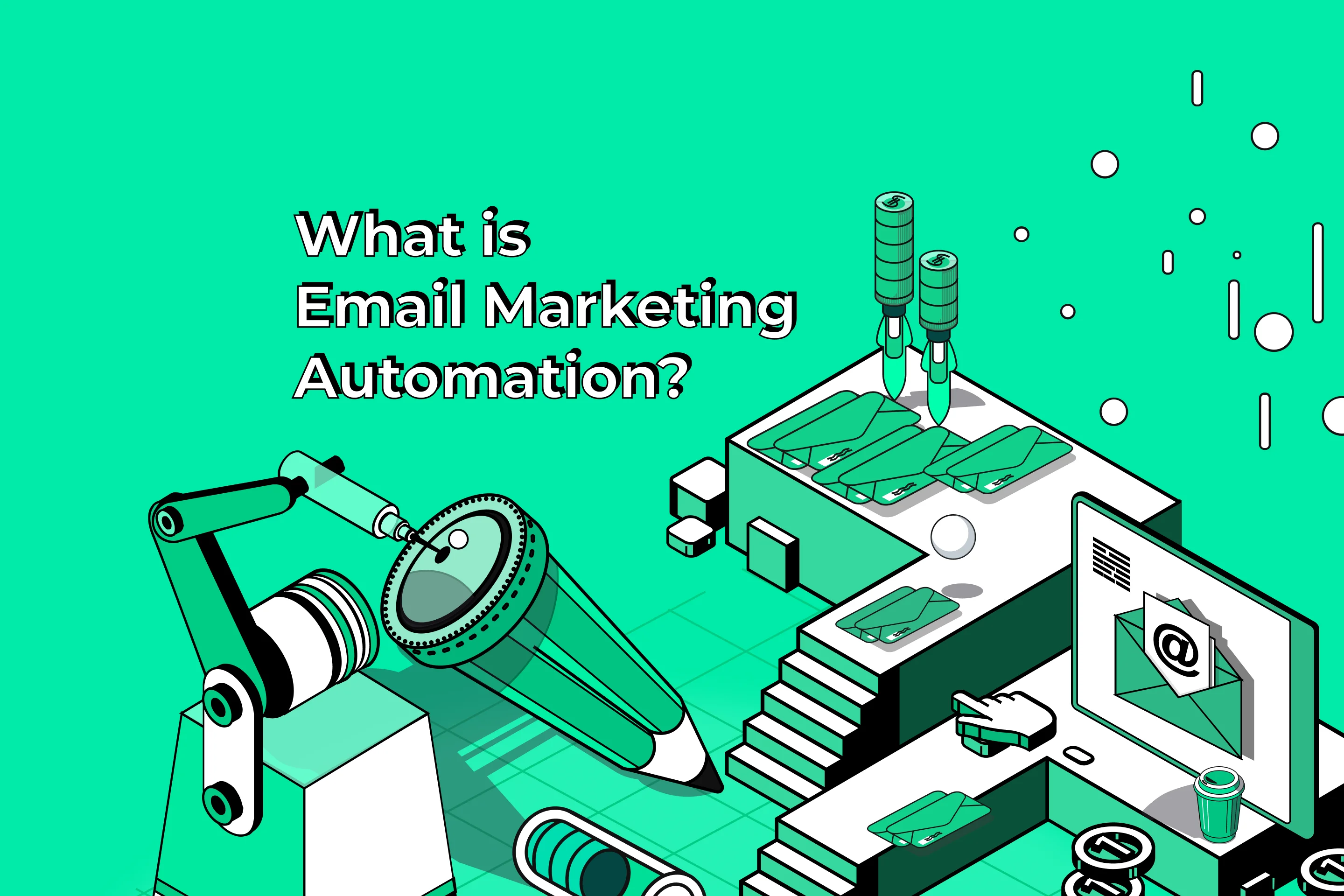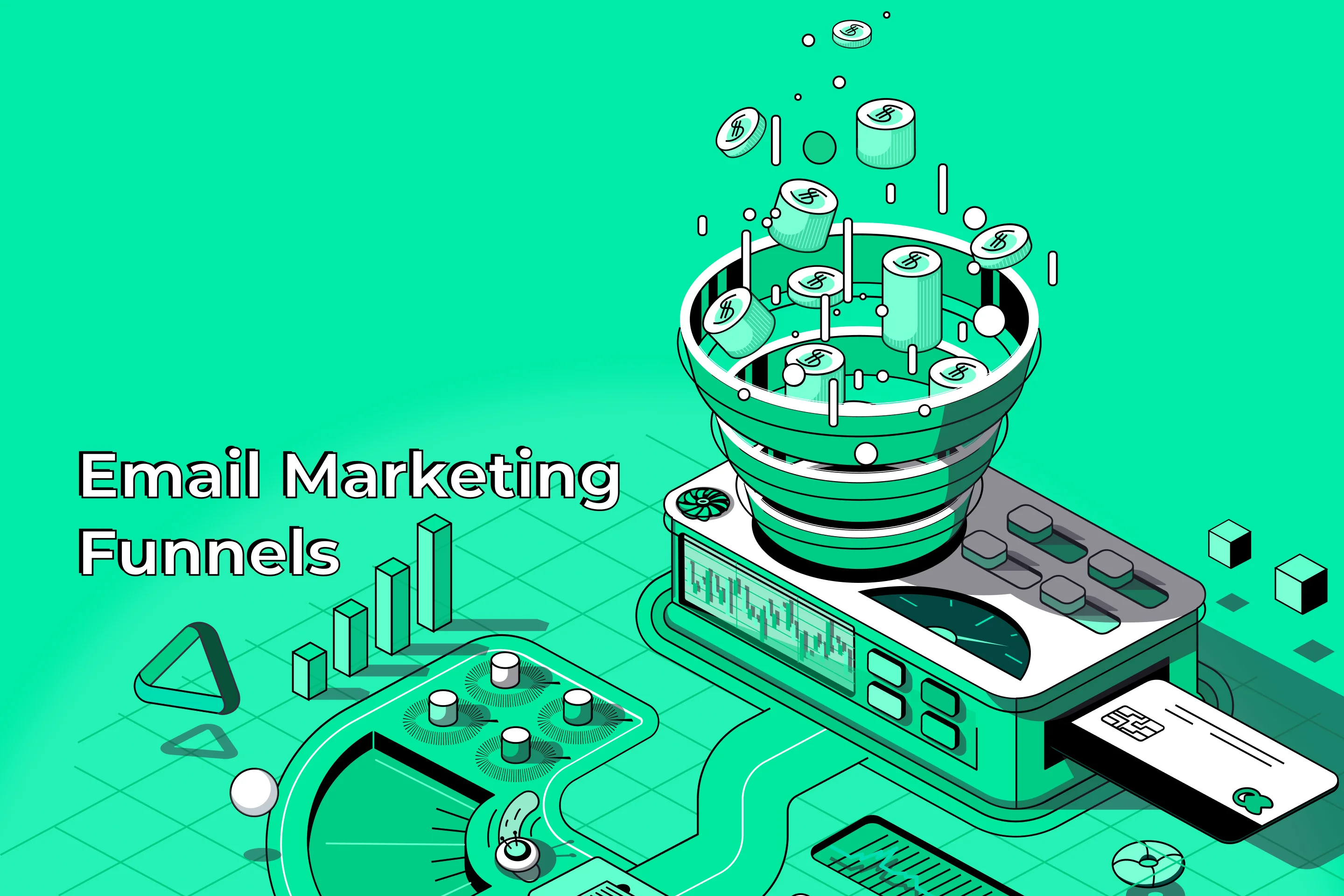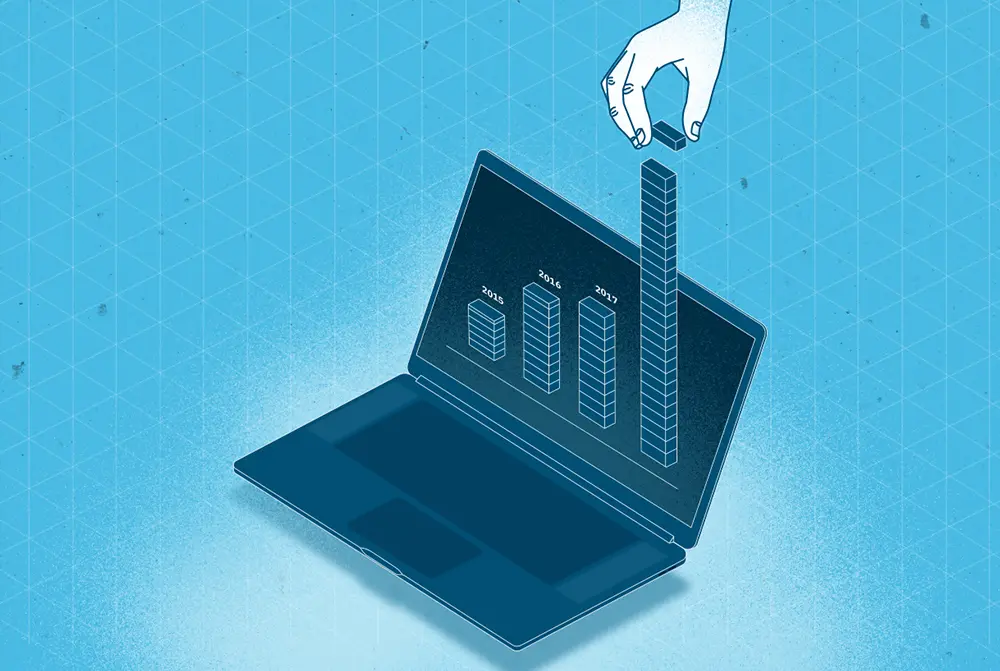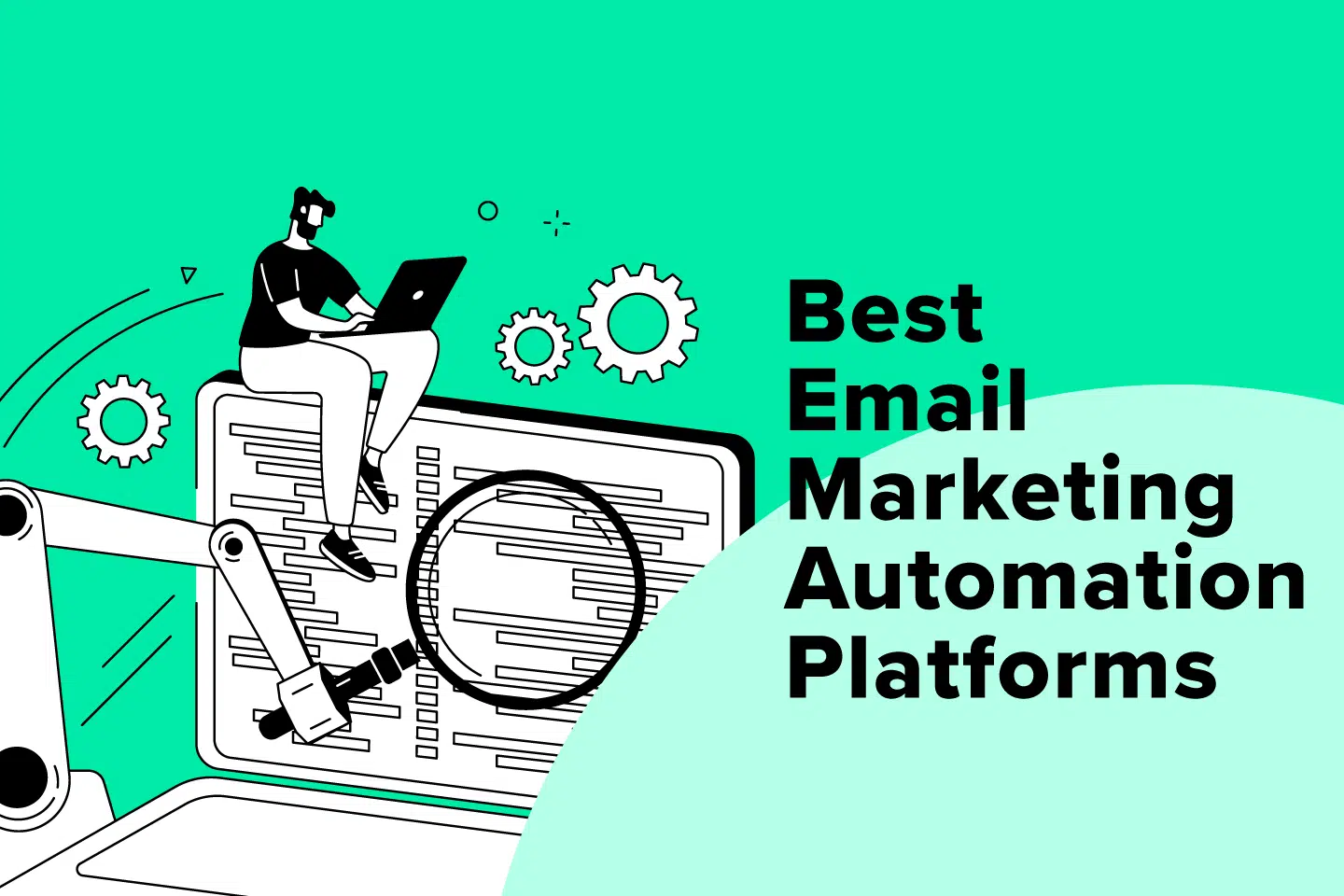What is Email Marketing Automation?
What is email marketing automation? This is the central question of this article.
Straight off the bat, here are a few key takeaways:
- Marketing automation tools improve productivity by approximately 20%. (Nucleus Research)
- 63% of companies outperform competitors using marketing automation. (Lenskold Group)
- 50% of SMBs employ marketing automation software to send email drip campaigns. (Statista)
Without wasting any time, let’s dive into what email marketing automation is and how it works.
What is Email Marketing Automation?
What is email marketing automation? This is the central question of this article.
Straight off the bat, here are a few key takeaways:
- Marketing automation tools improve productivity by approximately 20%. (Nucleus Research)
- 63% of companies outperform competitors using marketing automation. (Lenskold Group)
- 50% of SMBs employ marketing automation software to send email drip campaigns. (Statista)
Without wasting any time, let’s dive into what email marketing automation is and how it works.
What is Email Marketing Automation?
Email marketing automation is a process of using a platform to automate sending emails to prospective customers. It’s an effective way to reach out and interact with prospects at scale. The idea behind marketing automation is that it sends relevant content or offers directly to each person on your email list, depending on the behavior they’ve taken in the past.
For instance, if someone visited your website but didn’t make a purchase, you can use marketing automation to send them an email offering a discount on the product they were interested in. When done right, marketing automation allows you to create personalized messages that speak directly to the consumer’s interests and needs.
You can use email marketing automation to achieve the following aims:
- Increase brand awareness
- Generate leads
- Nurture prospects
- Grow customer relationships
- Improve sales conversions
- Encourage repeat purchases
Using email marketing automation can help you create highly targeted campaigns that resonate with each segment of your customer base. With marketing automation, you can send emails at the right time and in the right place when they are most likely to convert.
Marketing automation also allows you to track and measure your success rate so that you can adjust your strategy as needed. This is especially helpful when it comes to segmenting your customer base and creating targeted campaigns.
How Does Email Marketing Work?
Upon opting into your email list, you can use marketing automation software to send welcome emails, product recommendations, and educational content to either existing or potential customers. The key is to craft emails that are timely and relevant to each user’s behavior and build campaigns that are tailored to different customer segments.
You can also use marketing automation to keep track of customers’ activities and behaviors, such as purchase history, website visits, and other actions they take on your site. The platform will then learn from these interactions and create automated campaigns based on that data. This allows you to send more personalized emails – which inevitably leads to higher open rates.
If you want to save time and money, email marketing automation is the way to go. It enables you to craft campaigns that are highly targeted and automated, meaning you can reach multiple customers with a single email in no time at all. Gone are the days of manually crafting emails and keeping track of all the data. Email marketing automation will take care of it for you!

How To Send Automated Emails (3 Tips)
When launching automated email campaigns, you should consider the following tips:
- Pick the right email marketing automation platform
- Take the time to craft compelling email content
- Measure your performance with analytics data
Pick the right email marketing automation platform
Without the right platform, your automated emails won’t reach the right people. Before picking an email automation platform, make sure it has features that enable you to create and manage dynamic segments, set up triggers based on customer interactions and behaviors, and track performance analytics. You need an all-encompassing solution to hit the ground running.
Take the time to craft compelling email content
The goal of marketing automation is to personalize messages and make them relevant to the customer. To do this, you need to create engaging content that resonates with the user. Focus on crafting messages that are tailored to each customer’s interests. You can run targeted campaigns by focusing on different customer segments and tweaking your copy accordingly.
Measure your performance with analytics data
Having access to a full range of data points is critical to success. That’s why it’s important to measure performance metrics such as open rates, click-through rates, and other engagement analytics. Doing so will give you insight into what works and what doesn’t, allowing you to adjust your campaigns and double down on the right approach.
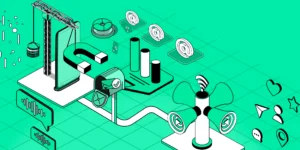
How To Automate Email Campaigns (4 Core Components)
Marketing automation involves four core components:
- Segmentation
- Triggers
- Campaigns
- Analytics
Let’s break each of these down.
Segmentation
This is the process of dividing customers into meaningful segments based on personal attributes such as interests, demographics, and behaviors.
Triggers
Automated emails that are sent in response to user actions or behaviors. For instance, a trigger may be sent when someone visits your website or makes a purchase.
Campaigns
This is the combination of content, offers, and messages that are tailored to each customer segment.
Analytics
Metrics that measure the performance of your automated campaigns such as open rates, click-through rates, and more. These metrics help you measure success and adjust your campaigns accordingly.

How To Grow Your Business With Email Marketing Automation
Here are some key tips to help you grow your business with email marketing automation:
- Create personalized content for each segment.
- Experiment with different campaigns and offers to see what works best.
- Automate triggered emails based on customer interactions and behaviors.
- Use analytics data to measure performance and adjust variables.
With the right mix of experimentation and analytics data, you can use email automation to target and engage customers effectively. It’s all about using the data you have at your disposal to deliver the right message to the right customer at the right time.

How To Set Up Automated Email Marketing Workflows
If you are looking for a robust solution to help you set up automated email marketing workflows, you need DirectIQ in your corner. This email marketing platform is well-equipped to support even the most ambitious campaigns. With a full range of features at your disposal, you can quickly create targeted campaigns and track performance analytics with ease.
Here are a few key tips for setting up automated email marketing workflows:
- Know which segments you are targeting
- Create content that resonates with customers
- Set up triggers based on interactions and behaviors
- Track performance analytics to measure success
- Adjust campaigns accordingly for maximum ROI
When executed effectively, email marketing can elevate the customer journey and drive more conversions. With the right automation tools in place, you’ll be well on your way to success. Even though many assume that you need a full technology stack to build a campaign, an all-encompassing platform like DirectIQ is all you need to get started.
Key Benefits Of Automated Workflows (Closing Thoughts)
Automated email marketing workflows offer several key benefits:
- Engage customers with personalized content
- Save time and energy by automating repetitive tasks
- Measure performance analytics to adjust campaigns
By leveraging the power of automation, you can take your email campaigns to the next level and drive results for your business. Automation enables you to create meaningful connections with customers and maximize engagement, leading to higher conversion rates in the long run.
If you want to see success with your marketing efforts, you must understand and harness the power of volume. When it comes to email marketing, automation can help you reach a large number of customers quickly and efficiently. With DirectIQ as your email marketing partner, you will have all the tools necessary to create an effective email automation strategy.
Are you ready to get started? Sign up to DirectIQ for free today!
Email Marketing Automation (5 FAQs)
How do you do automatic email marketing?
Automatic email marketing is an effective way to reach customers in a timely and cost-effective manner. To set up an automatic email marketing program, you will need to identify the goals of your campaign and decide what type of emails you want to send. Once you have selected the content for each message, you can use an automated email service to deliver them.
When setting up your automatic email marketing program, you will need to create an opt-in list of subscribers who have given permission to receive emails from your business. You can build this list through a signup form on your website, or by encouraging customers to subscribe through social media and other channels.
What are the 4 types of email marketing?
Here are the four main types of email marketing:
1 – Newsletter emails
These promote brand awareness and build customer relationships by informing subscribers about new products, services, and upcoming events.
2 – Promotional emails
Designed to drive sales, promotional emails include discounts and coupons as well as product recommendations tailored to individual subscribers’ interests.
3 – Transactional emails
Sent to a customer after a purchase is made, transactional emails contain order confirmations and shipping updates.
4 – Targeted emails
Created for specific customers who have been identified as potential buyers, these emails focus on personalizing content related to their interests.
What are the 5 steps of email marketing?
Here are the five steps of email marketing:
1 – Collect Subscribers
Build a mailing list by collecting subscribers through your website, blog, social media, or other channels.
2 – Create Content
Design an email template and craft the content to be sent out in each message.
3 – Segment Audience
Establish specific criteria for segmenting your audience and use this information to customize content for each message.
4 – Schedule Delivery
Set up a schedule for your emails, such as daily, weekly, or monthly intervals.
5 – Monitor Performance
Track the performance of your email campaigns by analyzing engagement metrics such as open rates, click-throughs, and conversions.
What is a good email marketing tactic?
A good email marketing tactic is to personalize content for each message based on the individual interests and preferences of your subscribers. You can do this by segmenting your audience into groups and then crafting content that is tailored to each group.
This will help ensure that you are providing relevant information to each subscriber, which can lead to improved engagement with your emails. Incorporating automated triggers into your campaigns can also help you provide a more personalized experience for your subscribers by delivering timely messages based on their actions.
What is the 80/20 rule in email marketing?
The 80/20 rule in email marketing states that 80% of your content should provide value to customers and focus on building relationships, while only 20% should be promotional emails. The majority of your messages should include useful information or tips related to your brand and industry, such as updates about new products, upcoming events, or customer success.







